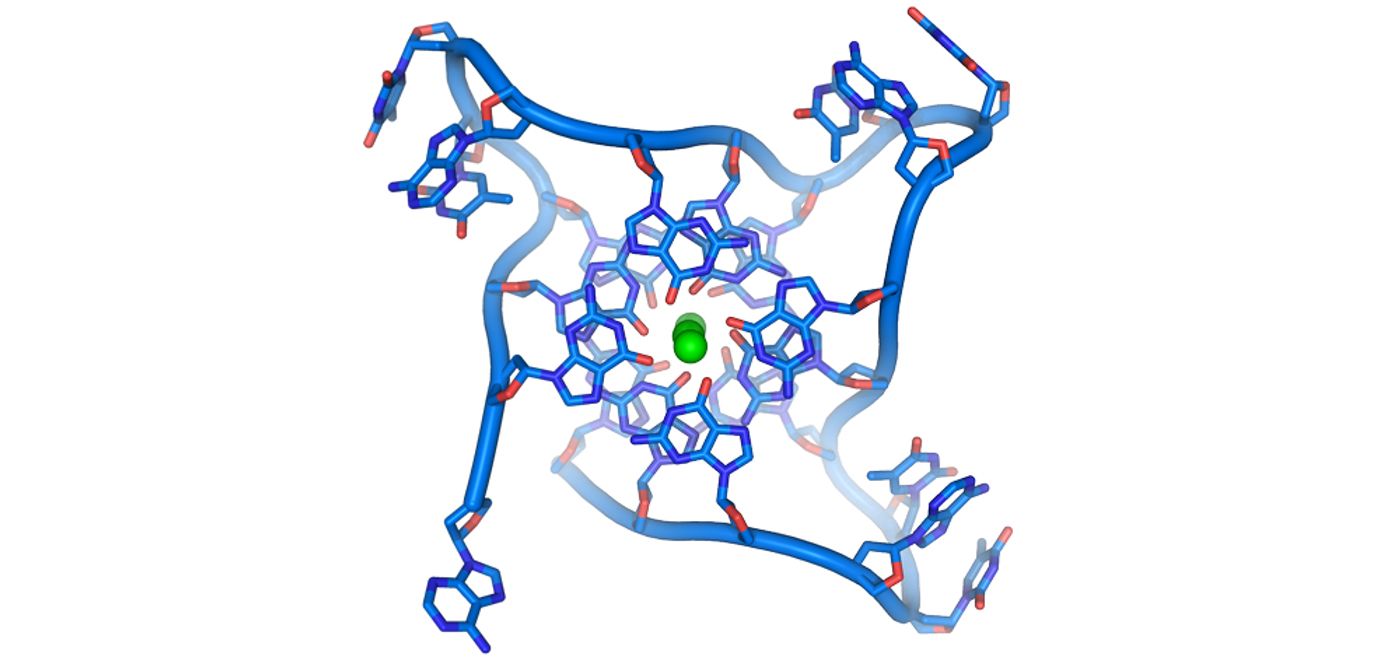Although the genetic code is famous for its double helix and not its quadruple helix, it is known to occur in other forms. In a new study scientists from Umea University have demonstrated the ability of helicases breaking down a four-stranded DNA structure in the yeast species
Schizosaccharomyces pombe.
S. pombe contains regions of DNA with greater than normal levels of guanine which can form four-stranded DNA, also known as G4 structures.
S. pombe is known as “fission yeast,” a single-celled free-living fungus that is commonly used as a model organism for its easy of genetic manipulation. Scientists use
S. pombe for a variety of studies: cell-cycle control, mitosis and meiosis, DNA repair and recombination, and the checkpoint controls important for stability (Nature). The ribosomal and telomeric DNA regions especially have a “strong tendency” to form these structures, and scientists also have evidence of G4 structures in humans.
The formation of four-stranded DNA occurs because of guanine-rich DNA sequences. Guanine is a purine nucleobase that pairs with adenine to form conjugated double bonds in DNA and RNA, alongside pairs of adenine and thymine in DNA and adenine and uracil in RNA (PubChem).
Forming G4 structures is harmless as long as helicases are capable of unfolding them, and the present study identified motor protein Phf1 as the helicase that fulfills this requirement. G4 structures in the genome provide specific functions relating to gene expression regulation. However, scientists realize that if G4 structures “exist continuously in the genome,” they can inhibit important processes.
Pfh1 protein works to unfold G4 structures, preventing their continuous existence, by binding to specific guanine-rich DNA sequences, as scientists in this study saw from biochemical and biophysical methods and cell analyses. Unfolding efficiency is necessary to “secure the integrity of the genome during DNA replication.”
Without the proper helicase protein to unfold G4 structures, vital processes in the cells could be inhibited, and the scientists believe DNA replication could be one of the processes. More studies will need to be completed to know for sure, but scientists believe that obstruction of vital processes by G4 structures could be associated with disease development in cancer and neurodegenerative diseases.
"An interesting research area is the development of molecules with the specific ability to bind to and stabilize G4 structures,” said Nasim Sabouri, PhD, from Umea University. “This could potentially be used to turn off the expression of certain genes that are involved in tumour formations.”
This study was recently published in the journal
Nucleic Acids Research.
Sources:
Nature,
PubChem,
Umea University









